Warren Mundine: One decade on, Indigenous gap is no smaller
In 2008 the Council of Australian Governments approved an agreement to close or halve the gap between Indigenous and non-Indigenous Australians in six areas. A seventh on school attendance was added in 2014.
Opinion
Don't miss out on the headlines from Opinion. Followed categories will be added to My News.
IN 2008 the Council of Australian Governments approved an agreement to close or halve the gap between Indigenous and non-Indigenous Australians in six areas. A seventh on school attendance was added in 2014.
People think Closing the Gap is an initiative to eliminate Indigenous disadvantage. Actually it’s a scorecard of whether all the other programs and efforts are working. What made it groundbreaking was specific, measurable outcomes, deadlines for achieving them and clear measurement criteria.
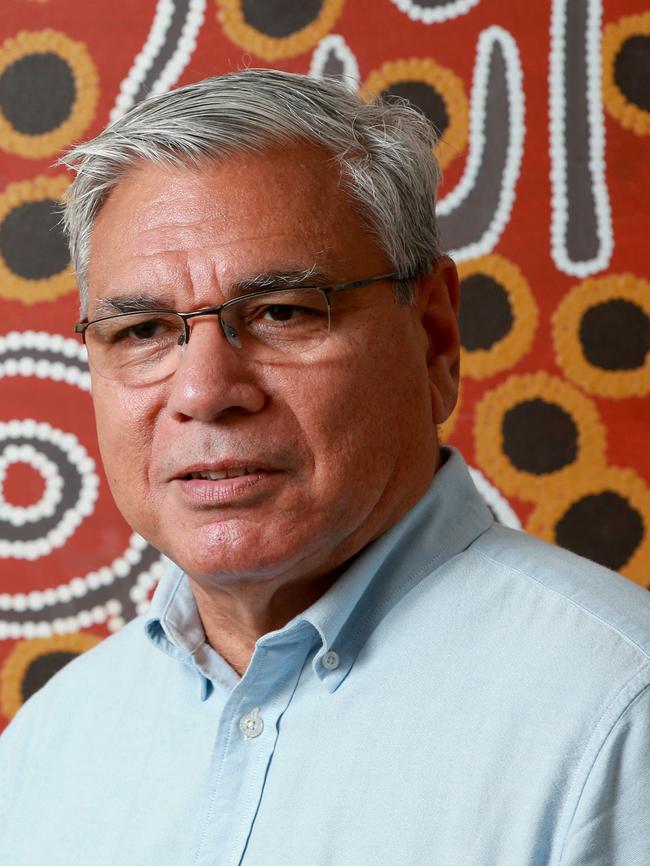
Nothing like this had been done on this scale before. Then-Minister Jenny Macklin deserves great credit for championing the initiative.
Closing the Gap shines a huge spotlight on the Indigenous Affairs industry: the vast, complex web of state, territory and federal bureaucracies, non-government organisations and corporate social responsibility teams that’s grown since the Whitlam government established the first Department of Aboriginal Affairs in 1972.
Governments signing on to Closing the Gap in 2008 were like the Trojans opening the gates to a great wooden horse filled with soldiers.
Because now, for everyone to see, at a big public event every year to coincide with the opening of federal parliament, the annual Closing the Gap figures are released. And every year, the gap isn’t closing.
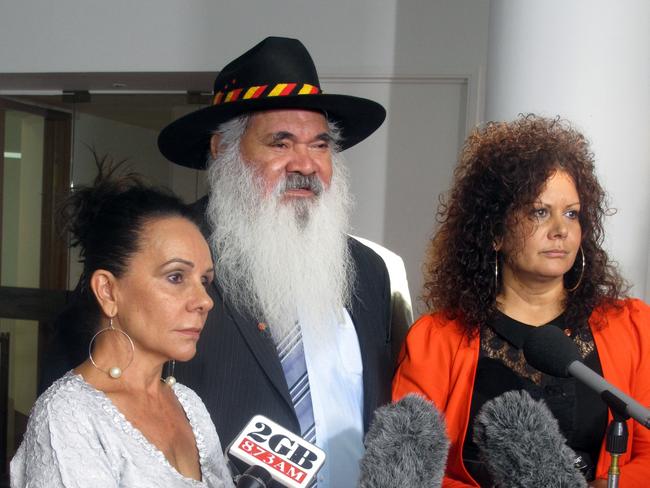
This year marks the 10th year of the Closing the Gap initiative with the report released next week. No doubt there’ll be some good news and green shoots. But we know from past years that, overall, the targets are not on track to be met and there’s been very little progress over the past decade.
All that money. All those programs. All those activities. And nothing much to show for it; in some areas disparity is getting wider.
Ten years. In truth, nearly fifty.
The federal government will be holdi
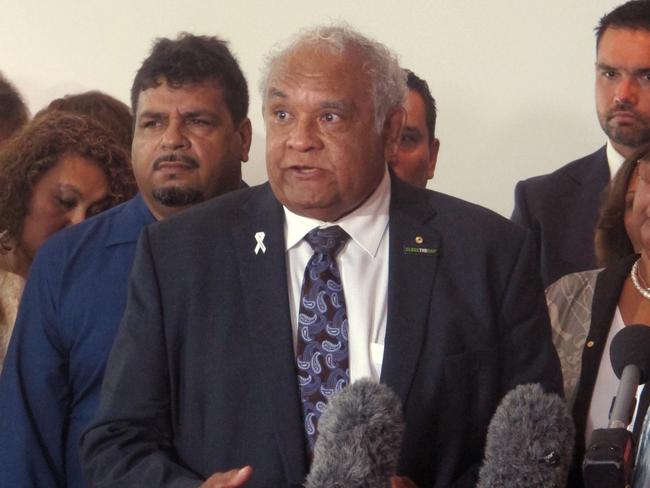
ng the hospital pass in 2018. But it’s not its fault in particular. Most of the day-to-day service delivery to Indigenous people is provided by state and territory governments. Yet I can’t actually remember the last time I saw a state premier or a territory chief minister front and centre at an annual Closing the Gap event.
In January Prime Minister Malcolm Turnbull announced a “refresh” of the Closing the Gap targets. I hope this doesn’t lead to abandoning or weakening the targets or making them more convoluted and complex so it’s harder to measure them. Because the targets aren’t the problem.
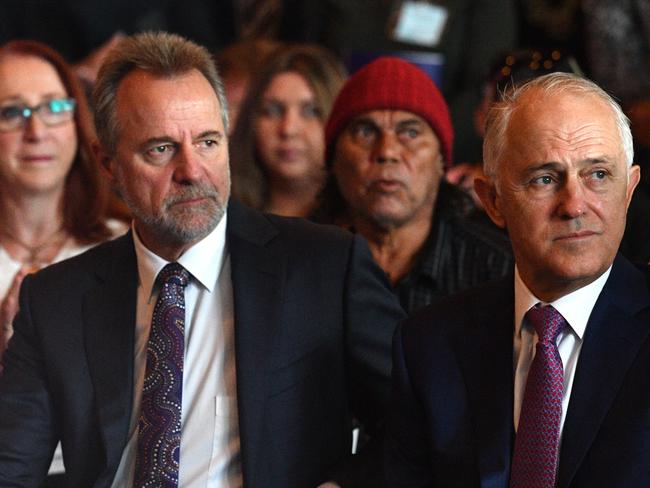
The gap exists for one reason: lack of economic participation. Too many Indigenous kids don’t go to school. Too many Indigenous adults don’t work in real jobs.
If people don’t believe we can get Indigenous kids to school and Indigenous adults to work, then just abandon the Closing the Gap targets. Everything else is a waste of time and money because the gap will never close.
Too often I hear excuses why these two simple objectives are too hard.
I’ve heard there are no jobs in remote communities. Untrue. And 80 per cent of Indigenous people don’t live in remote communities anyway.
I’ve heard school isn’t culturally suitable for Indigenous kids. Rubbish. People from every community, every culture in the world go to school. It’s essential. Schools in Australia educate kids from many cultural and language backgrounds and have done so for decades.
And schools in Indigenous communities can and do incorporate local languages and traditional culture in the school day.
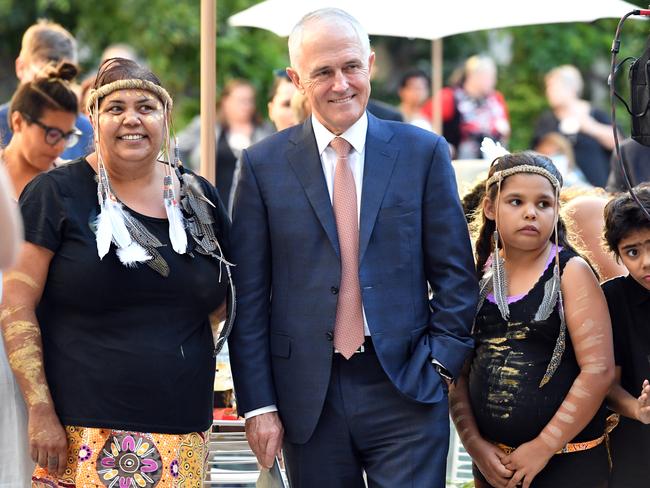
I’ve heard that racism, inter-generational trauma, colonisation, even history are to blame. Also rubbish.
Before 1967 when Indigenous people lived under legislated segregation and blatant racism, Indigenous people worked. And they sent their kids to school to the extent permitted.
Many problems plaguing some Indigenous families and communities today — including suicide, children in out of home care and incarceration — have gotten worse in the past 40 years. Are we really to believe inter-generational trauma from colonisation has increased as rights and benefits have been won and discrimination and segregation done away with?
Of course not. The root cause is social dysfunction arising from chronic welfare dependency which began in the early 1970s.
2017 CLOSING THE GAP
Warren Mundine: Earning the way to close the gap
Anthony Dillon: No easy answers in effort to close gap
Little progress made closeing gap in Far North
I’ve come to the conclusion people who make these excuses don’t want to close the gap. Consciously or unconsciously, the status of Indigenous people as victims suits their nihilistic narrative. They can’t imagine an Australia without the gap.
The Closing the Gap targets blow the lid on an Indigenous industry busy with activities, not outcomes, and trying to address the symptoms of the problem, not the underlying cause which is low economic participation. The Closing the Gaps targets are a bare minimum to Indigenous people achieving the same standard of living as other Australians. Governments absolutely must refresh the approach to achieving the targets.
Governments must unapologetically focus on economic participation through school attendance, jobs and business.
Nyunggai Warren Mundine AO is Chairman & Managing Director of Nyungga Black Group, author of Warren Mundine - In Black and White and host of Mundine Means Business, 8pm Sundays on Sky News Live.



